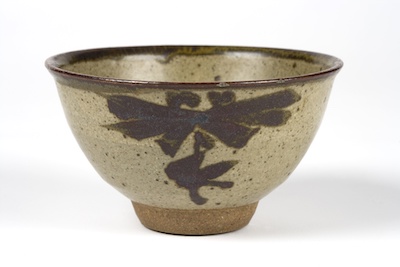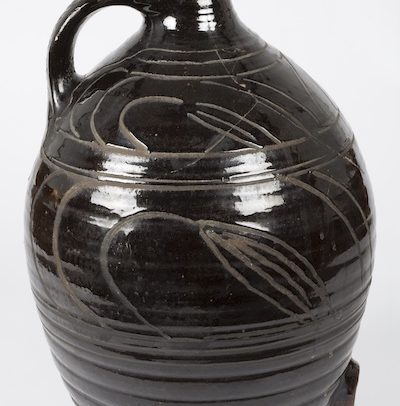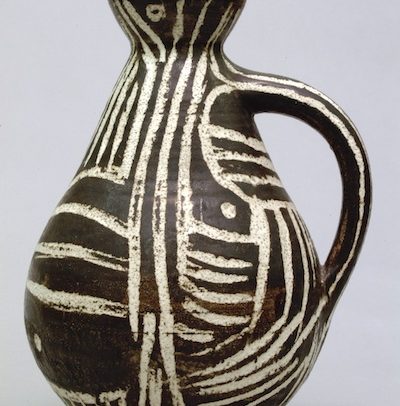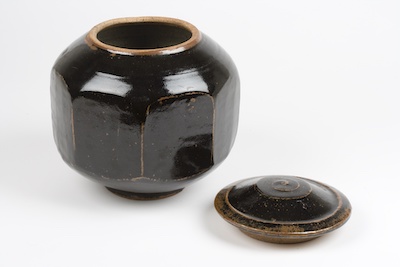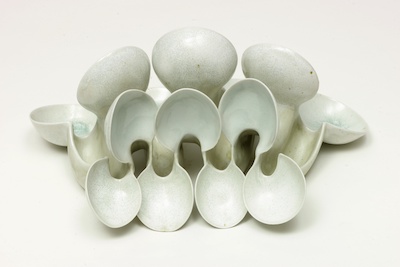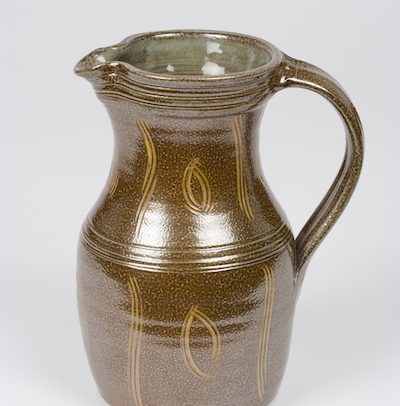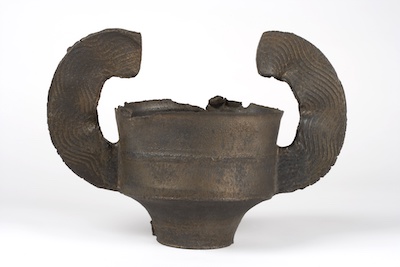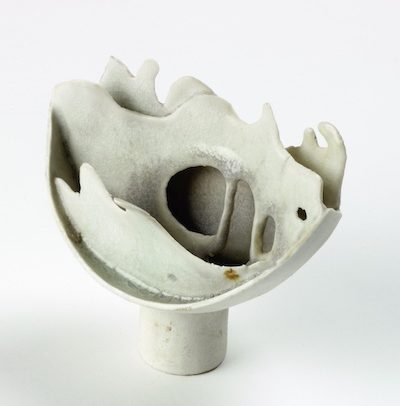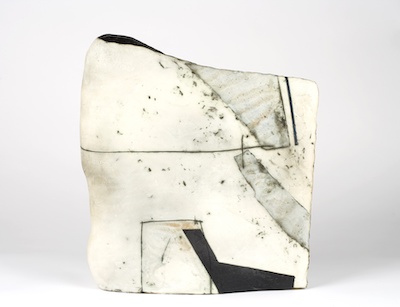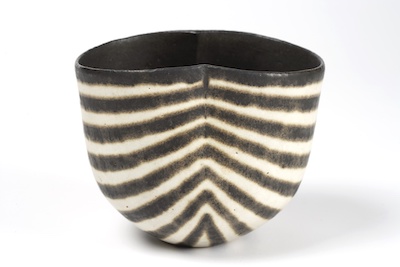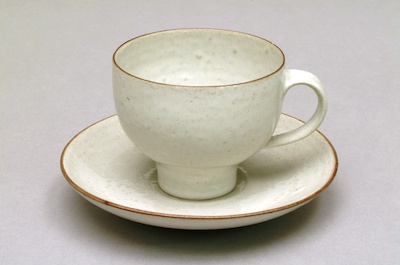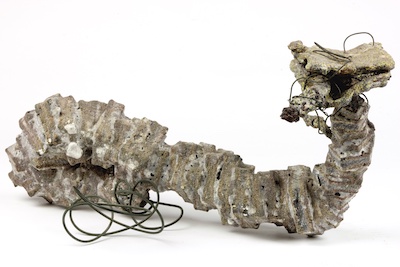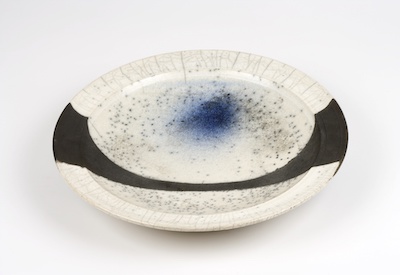The Henry Rothschild Study Centre presents a superb collection of 20th century craft and design amassed by Henry Rothschild between the 1940s and 2006.
Housed in the Shipley Art Gallery in Gateshead, the collection includes work by leading ceramicists working in Britain and internationally since the 1950s. Here the great majority of Henry’s collection can be seen (and, by appointment, handled), though Henry also donated over 50 pieces to the York Museum and Art Gallery.
Although wide-ranging, the collection was not intended to be comprehensive or encyclopaedic. It is a testament to Henry Rothschild’s passion for ceramics and his zest and enthusiasm for discovering outstanding works made by highly skilled craftspeople.
In his own words, every piece ‘has its own story to tell and gives great pleasure on daily acquaintance’.
The Study Centre is the culmination of a long relationship between Henry Rothschild and the Shipley Art Gallery that began in 1990 with loans and gifts to the gallery. Henry was attracted to the Shipley’s commitment to encouraging public engagement with contemporary craft and design.
Plans for the Centre were well under way at the time of Henry’s death in 2009. At the opening ceremony the following year his daughter Liz Rothschild gave a short address, from which this extract has been taken:
“I lived with this collection all my life. It was a part of our life, it was never locked away or separate. We ate and drank from it, put bunches of flowers in the vases and birds took baths in some of the pieces. People constantly came to look at the pots and on Dad’s insistence handle them.
I do hope people coming here will also get that opportunity sometimes because holding a pot is half of the experience of understanding it.
My father who was forgetful of names and people could always tell you exactly where a particular pot had been shown and how it was grouped in any of his shows. He was a passionate collector, never in any doubt about his choices, never looking back with regret. He would walk into a studio or exhibition and know immediately the pot that interested him.
He was a rigorous and honest critic and a great supporter of young potters in whose work he believed. He did not worry what others thought just trusting his own instinct about the work. When occasionally he selected a potter for a show and they did not sell well, he always bought a piece to encourage them. However, inclusion in one of his exhibitions launched a number of young potter’s careers.
The investment value of a piece did not concern him. Woe betide a buyer if they enquired about this. He gave them very short shrift! Nor did big names impress him in themselves. A friend who drove him to an exhibition in his later years reported how after looking around carefully for a while he announced to her. “Well all the right names are here but none of the right pots!”


